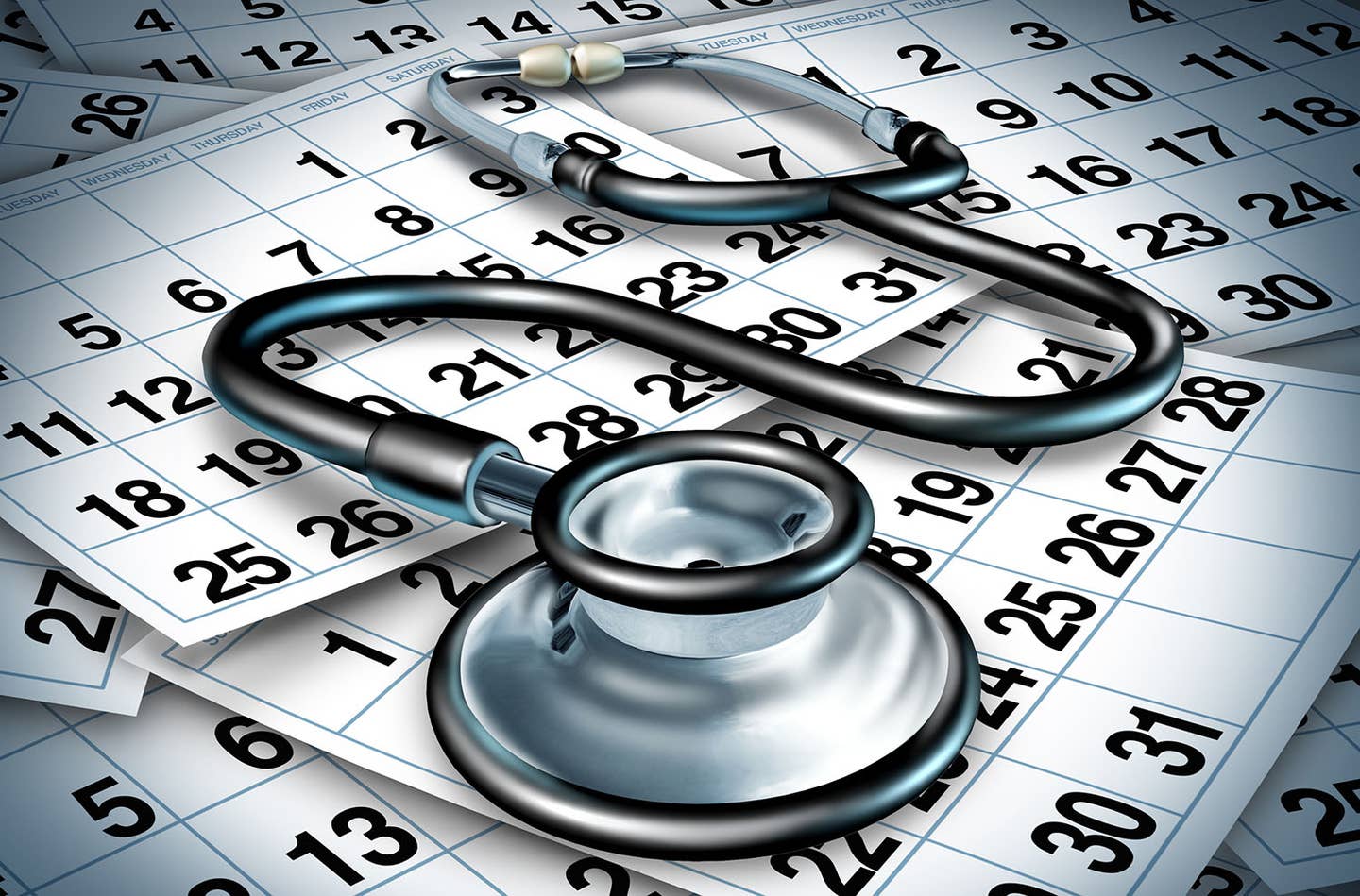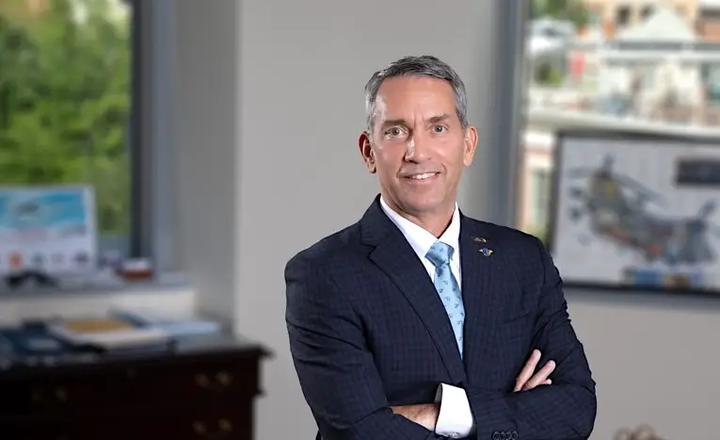Going Direct: FAA Med Progress On Diabetes Isn‘t Enough
Oklahoma City’s approval of a few conditions for a few pilots masks a culture that’s stuck in the past, with pilots paying the price.

Stock Photo
It's a feel good story, right? A Southwest Airlines captain, Bob Halicky, who's 59, made the first FAA-sanctioned flight by an airline pilot with insulin-treated diabetes. That milestone, which happened two days ago, saw Halicky in the right seat for a flight from Las Vegas to Sea-Tac. Congratulations to Captain Halicky! There are, a story on CNN.com reported, six pilots in total who have gotten the okay to fly with insulin-treated diabetes.
That said, it shouldn't have taken so long. I won't go into the specifics of diabetes. I'm not an expert, and it's a complicated subject. But suffice it to say that treatments and monitoring have come a long way in the past decade. My colleague Diane Fennell, who's editorial director for sister publication Diabetes Self-Management, where she's worked since 2003, has kept a close eye on the state of treatment and told me, "In recent years, there have been significant advances in the treatment of type 1 diabetes, including the development of new insulin formulations, the widespread adoption of CGM technology (which allows users to continuously track their glucose levels), and the approval of hybrid closed-loop systems that automatically monitor glucose and adjust basal insulin doses." A main takeaway, she said, is that "research suggests adults with type 1 diabetes who wear a continuous glucose monitor (CGM) most days can improve their blood glucose control without increasing their risk of hypoglycemia (low blood glucose)."
Halicky has spent nine years on the sidelines, well, working as an instructor pilot for Southwest, so he was hardly rusty. But while authorities in other countries had already approved medicals for pilots with the condition--Canada 12 years ago, in fact--and pilots can fly non-commercially with a Third Class certificate, the FAA stood its ground on First Class Medicals. And even now the process is hardly rubber stamped, and perhaps it shouldn't be. But remember, too, that on a commercial airliner, there are two usually highly qualified ATPs in the cockpit, and the pilot in the left usually has many thousands of hours. The risk of pilot incapacitation under these circumstances is very low, at least to everyone but the pilot who suffers an adverse health event.
Halicky still needs to get a special issuance, and while stories about Halicky's odyssey haven't gone into what that journey involved, and I respect that it's his story to tell (or not) pilots pursuing special issuances on other medical fronts can spend tens of thousands of dollars, or more, all of it funneled through the FAA's approved advisory specialists. And pilots often get sent back again and again to run the gauntlet of these experts, who take another big fee every time they do. So while getting special issuances to fly with diabetes is now doable, the FAA's processes will remain unchanged, and in many if not most cases, special issuances will remain difficult and expensive obstacles.
It's like the FAA's stand on antidepressants. A decade ago, under pressure to do so by the new administrator, the FAA's medical division allowed the use of certain antidepressants, while in practice continuing to make their use disqualifying.
In a 2014 article by Dr. Warren Silberman for AOPA, the (now retired) head of aeromedical certification for the FAA advised that those applicants on one of the "FAA-approved" antidepressants need to "get better" before applying, advice that, while certainly well-meaning, flies in the face of modern medical understanding of depression being for many individuals a lifelong condition that can be effectively treated with few or no side effects. And if you plan to remain on antidepressants, he says, "You can attempt to gain a special issuance," but adds, "This is a very involved process that will take several months to complete."
So before we cheer wildly about the FAA's new approval for pilots flying with insulin-treated diabetes, remember that the approval masks a medical certification division that's years, if not decades, behind the current science, and is making no effort to catch up as there's no pressure for them to do so. And pilots continue to pay the price.

Subscribe to Our Newsletter
Get the latest Plane & Pilot Magazine stories delivered directly to your inbox






